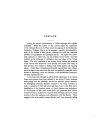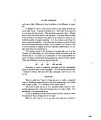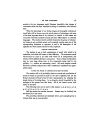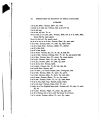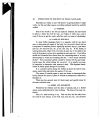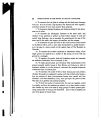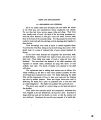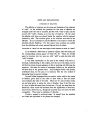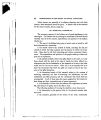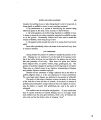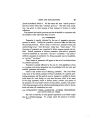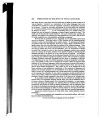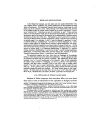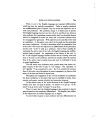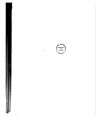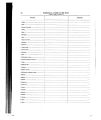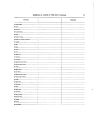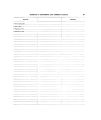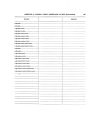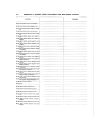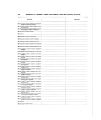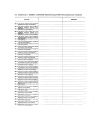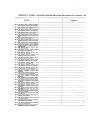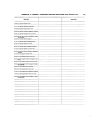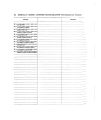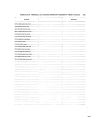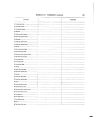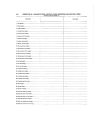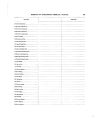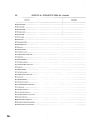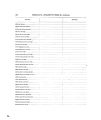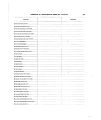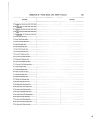| OCR Text |
Show 4 INTRODUCTION TO THE STUDY OF INDIAN LANGUAGES. the same or analogous to the sounds for which they are used in English and other civilized languages. It is necessary then to set forth the best method of using the Roman alphabet VOWELS. The vowel sounds found most widely among human languages are the five occurring in these English words: farf theyy pique, note, rule. Each of these sounds is represented in English by two or more letters or combinations of letters. Often in English, still more often in French, and usually in German and Italian, these sounds are represented by the vowel letters by which they are written in the words above given, namely: a e i o « far} they, pique, note, rule. They are generally called the continental signs, as being so used in all Europe except the British Isles. Any given vowel sound is apt to be found in the same language having two different quantities, one long and one short. Often there is also a slight difference of quality or tone added to that of quantity. This difference of tone between the long and short values of what is nearly the same sound is greater in English than in almost any other language. The shorter sound corresponding to the long e of they is the sound in then or head; the short sound to pique is that in pick ; the short sound to rule is that in putt. But the English has no real short o, except in the " Yankee" pronunciation of a few words like home, whole, none. Nor has it a real short sound corresponding to the a of far and father ; the so- called " short o" of not and what and their like is our nearest approach to it, and near enough to bear being called a short a. The usual way to distinguish the short value of the vowel is to write a curved mark ( the breve) over it. These five signs, then, should be written in this manner: d € \ 6 tf what, then, pick, [ whole,] pull. It should be distinctly remembered that the sounds represented by these letters marked with the breve are not exactly the short sounds corresponding to the long vowels represented by the unmodified letters. There is in |










